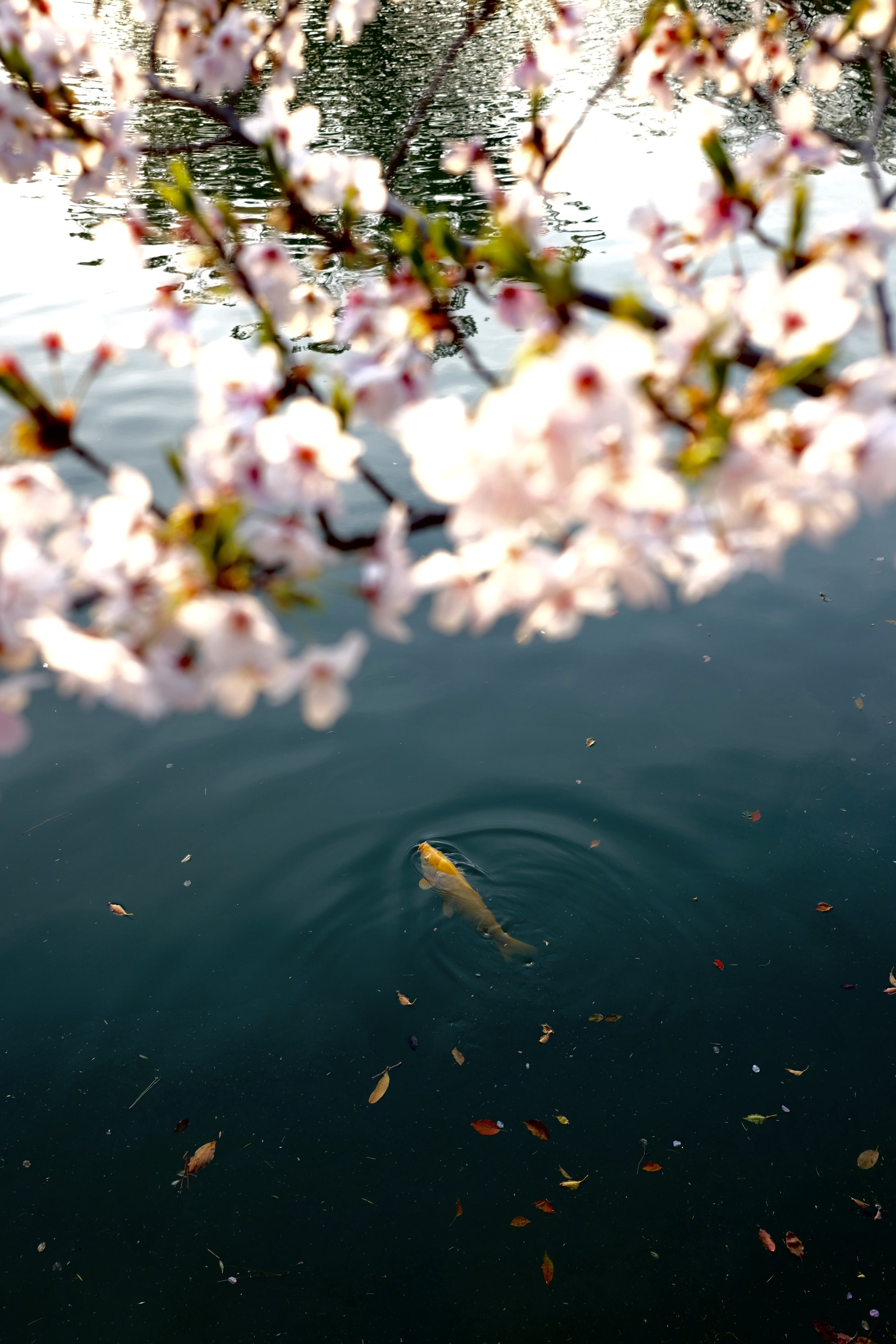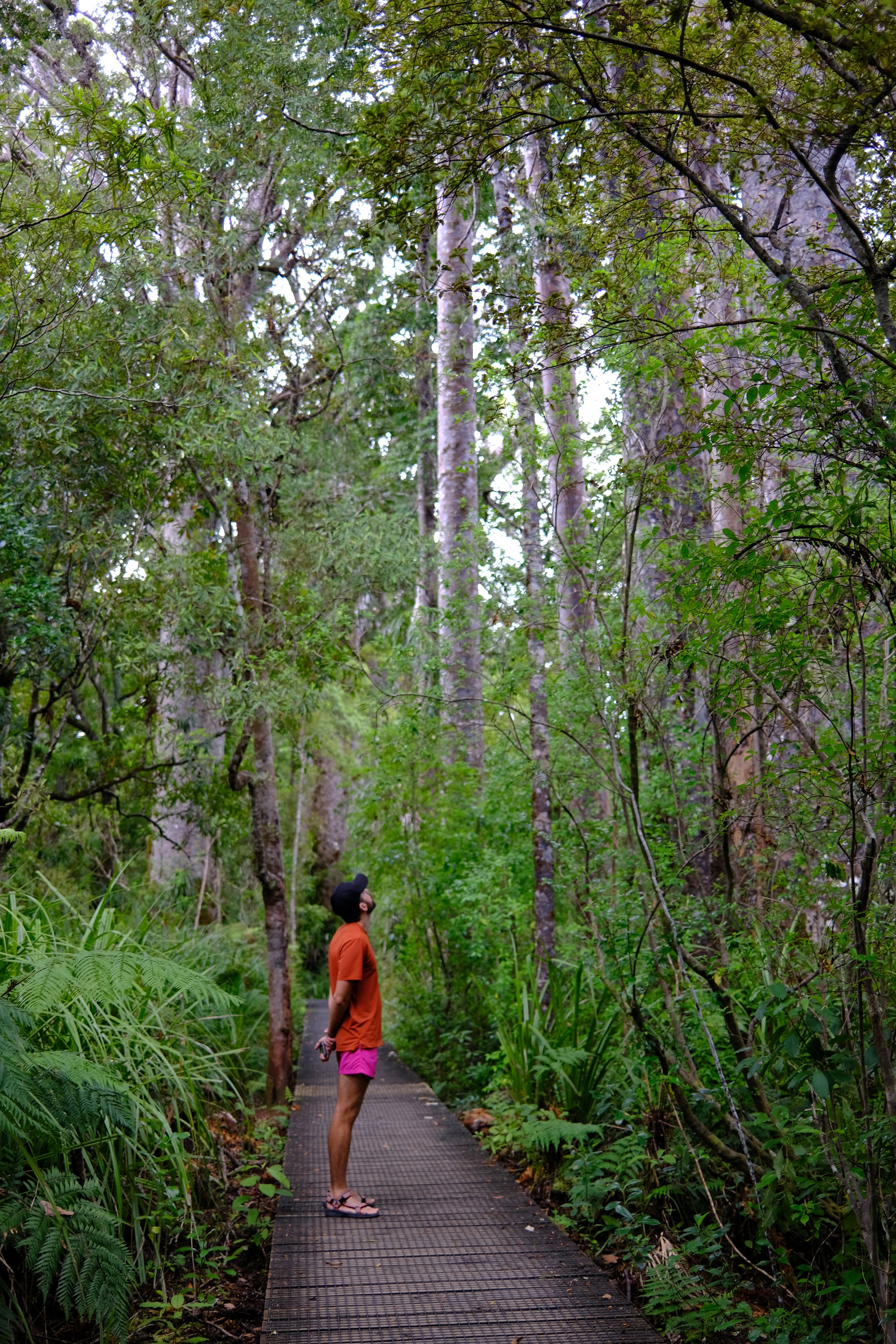How To - Compact Camera Gear For Travel
Introduction
What’s a trip around the world without a camera to capture it? That’s the question I faced nearly two years ahead of our departure date. While thinking about what camera to bring so far in advance sounds a little nuts, I knew that the right camera would become a key companion on all of our adventures and a main tool for taking our memories home with us.
I already owned an old Sony camera, but the lens was faulty, the body fairly heavy, and the quality of other cameras had simply surpassed it since I purchased it over a decade ago. Given this, I knew I would have to look into other options.
Finding The Right Camera
Choosing a camera wasn’t an easy process by any means, as it involved hours of research to determine the best options on the market and whittling down the choices to what suited our needs best. Here are the elements I considered for our trip:
Size & Weight / From shoving our lives into backpacks, to counting out the exact number of socks to take, to ensuring we had mini-sized toiletries – we cut down wherever possible. Everything we were taking with us needed to be downsized and made lighter, especially considering some airline weight limits. With that mentality, I also considered how large and heavy this camera would ideally be. The verdict: as compact and light as possible without compromising quality.
Quality / This is an obvious one, but I wanted to make sure I was choosing a camera with the ability to capture vibrant colors in the utmost clarity. Most major-brand cameras on the market today have stellar megapixel sensors that can render incredible images. That said, I made sure to dig into brand reputations and how their camera models have evolved with respect to their image quality.
Features & Capabilities / The range of camera features and capabilities needed truly depends on the kind of photography you are looking to do. I had a simple need: an easy-to-use camera that was suitable for quick shots while traveling. Sometimes an interesting person walks past you or you drive past a good view, so being able to take a quick snap without too much effort can make all the difference! That said, if you’re someone who loves controlling the aperture, ISO, shutter speed, filter, grain, and other details for the best shot, you may want to spend more time focused on finding the perfect gear.
Battery Life / Our travels don’t always include a great spot to charge and often involve long days out and about. So, I was looking for a device that could handle frequently being turned on and off and could cover a few days of photography without being charged. An easy way for a camera manufacturer to save space is to shrink the battery, avoiding a model that had been compromised like this was a must.
Look & Feel / While the aesthetics were the least important factor up for consideration in the camera hunt, I knew I wanted a device that felt comfortable in my hands and could easily drape around my torso when exploring.
The Final Choice
Based on the considerations above, I simply Googled the options that fit the bill. From my search, I landed on the Fujifilm X100V. This camera is the perfect size for travel, as its body fits nicely in the palm of my hand and is lightweight enough to pop into my backpack or hang crossbody. Alongside its compactness, this model comes in a silver and black design that emulates that of a vintage film camera. I can’t count how many people have been surprised that it's actually a modern camera! Surprisingly, this little camera is an absolute force with 26 megapixel resolution, a hybrid viewfinder, strong low-light performance, and a selection of 17 different Fujifilm film simulations. While the device itself has plenty of features and is still suitable for photographers who wish to steer clear of auto settings, it's very easy to use as a simple point-and-shoot camera. See below for a summary of the Fujifilm X100V’s features:
Sensor: 26MP - APS-C BSI-CMOS
ISO: 160 - 12800 (Expands to 80 - 51200)
Lens: 35mm f2.00 Prime
Screen: 3.00" Tilting
Viewfinder: 3690k Dot Electronic and Optical (Tunnel)
Frame Rate: 11.0fps Continuous Shooting
Video Recording: 4K at 30fps and FHD at 120fps
Bluetooth: Built-in Wireless
Weight: 478g
Dimensions: 128 x 75 x 53mm
Other: Weather-Sealed Body
Review After Seven Months Of Use
I have now been using the Fujifilm x100V for the purpose of our trip for nearly seven months. I’ve taken it to so many unique places with so many different climates – on a cross-country road trip through Australia, in a 4x4 buggy through the Jordanian desert, to the humid jungles of Southeast Asia, and much more. The camera has captured it all seamlessly, freezing some of our most incredible memories of the trip so far. Not only has it served as the perfect companion no matter the location, it has also performed in all necessary circumstances. While I began with little to no knowledge of how to use it, the camera has allowed me to snap a quick photo of strangers on the street, take focused photos from bouncing vehicles, and shoot in ultra low-light environments with the utmost clarity. With its abilities, the Fujifilm X100V has given me unexpected ways to shoot memorable photos with unique filters, great depth, and vibrant colors.
Not only has this little camera impressed me, as the photographer, but it has inspired other travelers and friends who have seen its photos. I have had countless friends ask me which model I have and others have taken the next step to order it for themselves. In a strange, yet endearing way, the camera has also opened the door to an unexpected community. On various occasions, I have been approached on public transport, in cafes, or on the street by others who also have a Fujifilm X100V or similar models. Each time, this commonality has sparked discussions about its features or about the journey of acquiring one, making for a fun memory to look back on.
While the Fujifilm X100V has made capturing this trip a breeze, I have realized a few minor faults that future buyers should consider. Even before receiving the camera as a gift on my birthday, I knew it was incredibly difficult to acquire and a substantial investment. Since its launch in early 2020, the camera has absolutely taken off, to the point where certified sellers are still encountering shortages of the X100V, even with the release of its successor, the X100VI. Jackson had to be on a number of seller lists to have a chance at getting the camera, where he was often told it would take up to a year for it to become available or he could simply pay a few thousand more to get it ASAP. In the end, he managed to get lucky with one seller, who defied all the odds by sending it to us before our trip departure. When it comes to the camera itself, there are a few limitations that I’ve noticed after a few months of use. Depending on the value you place on variable focus capability, you may discover that the camera is limited in the zoom, given the nature of its built-in 35mm lens. A few times, I found myself wishing I didn’t have to back up so far from my subject or wishing I could zoom in a little closer. While the built in lens doesn’t allow for a swap, Fujifilm thankfully has a solution for this with their XCL-X100II wide conversion lens and their TCL-X100II tele conversion lens. Even though these attachments exist, they can be pretty pricey and equally difficult to find. Aside from the zoom, the camera controls are rather sensitive and have a tendency to shift unexpectedly with a slight touch. This has left some of my photos over or under exposed due to an unintentional touch to the shutter speed or to the exposure dial.
Camera Alternatives
If the Fujifilm X100V is not an option for you due to availability, price, or you simply don’t want to give in to the hype, you can find a list of other great, comparable cameras below:
Ricoh GRIIIx / A cheaper alternative with great optics and same pocketable size. Lacking in battery life and controls.
Fujifilm X100F / An older Fujifilm X100 series model with most of the same great features. Not quite as sharp and advanced as the X100V.
Leica Q3 / Similar in style and size to the Fujifilm, more powerful image rendering. Consider the high price tag.
Nikon Zfc / Similar vintage look and strong capabilities, while there are some functional limitations.
Conclusion
Finding the right camera for travel can be tough, as you may have to trade some features for others, like compactness vs. zoom. That said, the “perfect” camera only truly needs to be perfect for your personal requirements. While the choice is up to you, I would recommend the Fujifilm X100V to every traveler, and anyone who enjoys easy, yet versatile photography. It truly does make for the best travel companion, no matter the destination. Alongside having a stellar professional camera, I always look to the support of my phone for videos, quick snaps, or a way to capture a moment in bad weather.
Even though photography can bring joy to your trip and is an incredible way to immortalize great memories you can look back on in years to come, it’s not always about capturing every moment, but living in it too. So, while your trusty camera and other devices will be great to have, remember to put them down where you can to soak it up and hold on to a memory that will solely be your own.














































